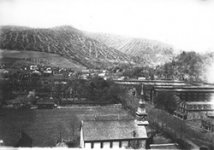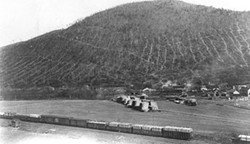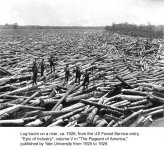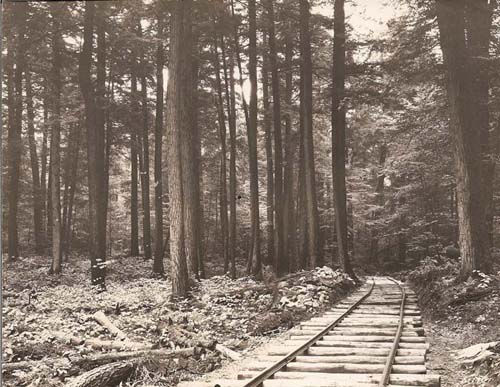pcray1231
Well-known member
But even if many did survive, I doubt it would have made much of a genetic difference as long as there was still some of the old strains still there. Nature sorts out what genetics works best.
In regards to genetic "purity" of today's wild brookies.
1. It's a fair bet that, before white men, a genetically unique strain existed in nearly every separate drainage. And I'm not just talking Allegheny vs. Susquehanna vs. D. I'm saying Pine Creek fish would have been distinct from Kettle Creek Fish and from Little Pine Creek fish. As you break it down to smaller and smaller streams in the same watershed, differences would have been lesser, but still there. Whether they are different "strains" depends purely on where you draw the line of being a separate "strain". Populations nearer to one another would be more similar but still pretty distinct.
2. The impact of these stockies would not have been to eliminate wild trout DNA's. But their DNA may have combined. i.e. each strain still unique, but different than it was before white men. Probably can't prove it even with DNA testing, as you don't have a sample of "before" to compare it to. i.e. if you test and find the strain is still unique, that doesn't mean it's the same as it once was, merely still unique.
3. Aside from stocking. Human influence has certainly damaged populations. The logging boom, as well as other forms of human influence. If a stream gets wiped out and then recovers, seeded from nearby stock from another stream, THEN you lose some or all of your uniqueness. i.e. there were always a handful of Cedar Run fish that made it through Pine and went up Slate Run. With a healthy Slate Run population, their genetic influence on the Slate Run population is minor. But if Slate Run population had previously been wiped out, those Cedar Run fish seeded the entire new population. If Slate hadn't completely wiped out but was down to just a few fish remaining, those Cedar fish still have a much larger influence than they would have otherwise.
A full study of the degree of uniqueness of DNA in different streams could, theoretically speaking, tell you many things. If, say, there's still a large genetic difference between Slate and Cedar populations, that tells you that those populations likely never really died out, and streams weren't wiped out even on a small scale. If, on the other hand, pretty much all the fish in the Pine drainage are similar, but different than those elsewhere in the W. Br. drainage, then that tells you that individual small streams may have been wiped out but whole drainages never were. If all fish in the Susquehanna drainage are similar, then that tells you that entire regions were likely driven to the brink of extinction, and reseeded completely by a select few isolated holdouts.









